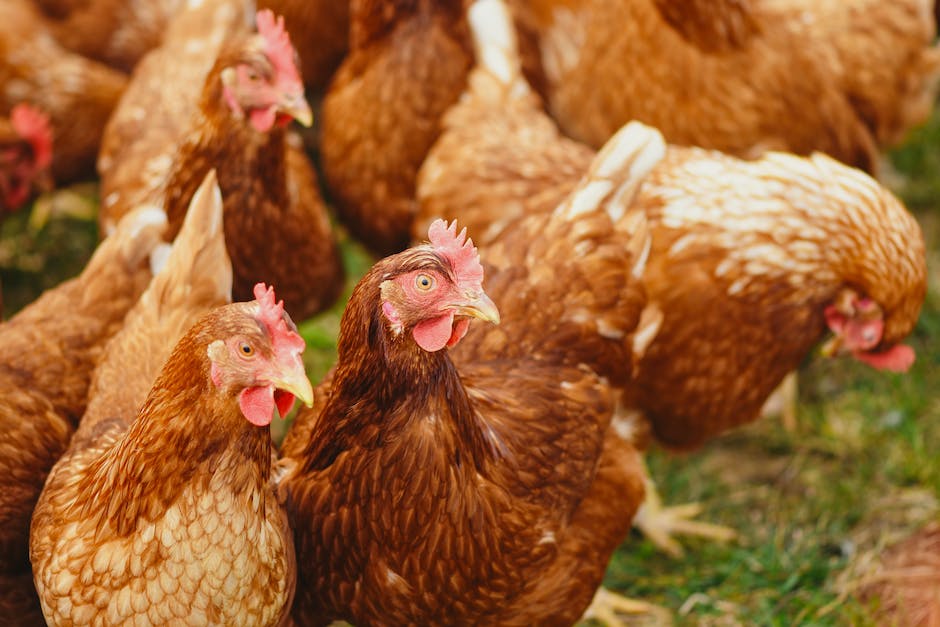

Agridisk
Egypt - Alexandria
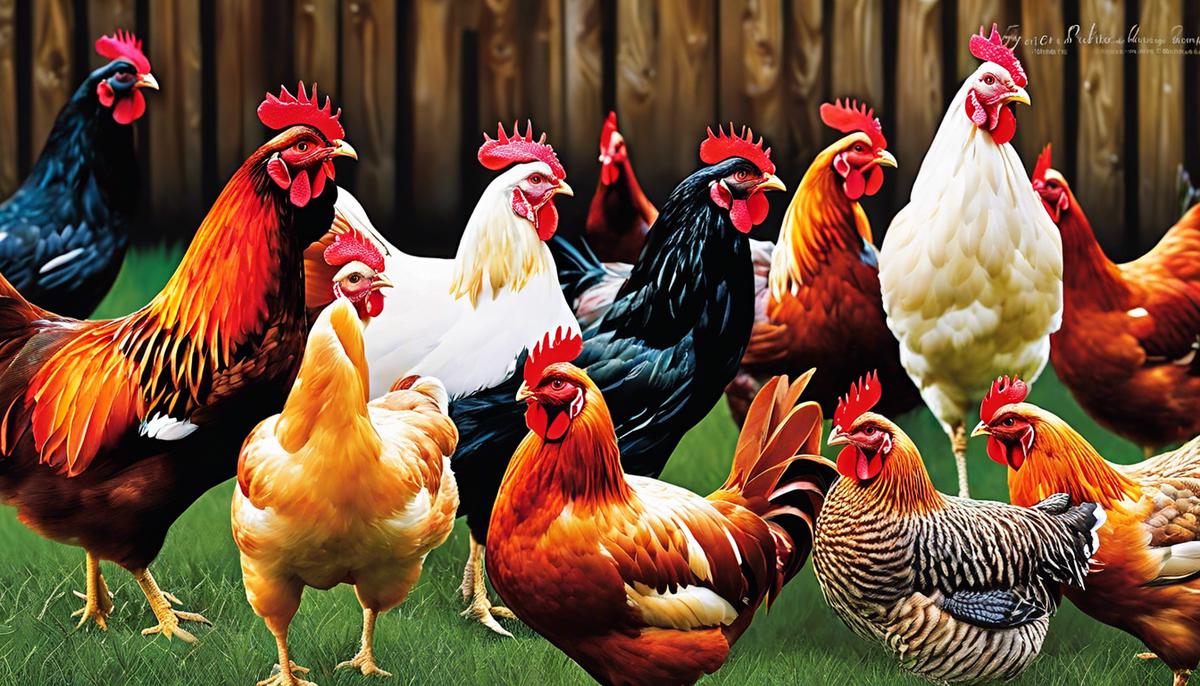
Poultry farming | All about Definition, Methods, Breeds, & Facts
Description: The world of poultry farming provides a critical foundation for our contemporary food system, playing a significant role in sustaining society's nutritional needs. This essay provides a comprehensive perspective on poultry farming, aiming to enlighten readers about its science, techniques, and relevance. Beginning with the definition of poultry farming, we delve into its importance to humanity and its place in the larger sphere of agricultural sciences. We unravel the myriad of farming methods, underscoring their pros and cons, scientific basis, considering not just productivity, but the environmental impact and animal welfare. Further, we explore the eclectic range of poultry breeds, their breeding methods, and how each breed's unique genetics influences farming operations. Lastly, we will uncover impactful facts and research findings in poultry farming, touching on public health, the environment, economics, and more, all of which play a part in shaping our current perceptions and practices in this industry. Poultry farming, quite simply, refers to the industrial production of birds, most commonly chickens, turkeys, ducks, and geese, for human consumption. It constitutes a crucial subset of the agricultural industry, producing nutritious foods commonly and globally consumed, to meet protein requirements and gastronomic satisfaction. While not as immediately glamorous as some areas of inquiry, it holds a particular fascination to those who appreciate the interconnectedness of food production systems, biology, and human health. Venturing into the nuances, the breed selection in poultry farming is a cornerstone element. It is a deep rabbit hole, encompassing thousands of bird breeds, each with its unique characteristics, requirements, and outputs. Taking chickens for instance, the ever popular "Cornish Cross" is favored for its rapidly maturing meat, while the "Rhode Island Red" is lauded for its egg-laying consistency. The science and considerations behind breed selection and hybrid development warrant countless hours of study and research, underlining the complexity of poultry farming. Diving further in, the methodologies in poultry farming are compelling in their meticulousness and ingenuity. Free-range, organic, and conventional methods each carry their own benefits and challenges. Climatic control, preventive health care, feeding programs, and stocking densities all factor heavily into the equation, and are continually optimized through rigorous research and applied science. The importance of poultry farming is underscored by its ubiquity. It is observed globally from backyard homesteads to expansive commercial operations, reaching from rural environments to the fringe of urban areas. The reason is simple: poultry farming fulfills a primary demand of providing a cost-effective, high-protein diet, and in the process, contributes significantly to global food security. The environmental impacts of poultry farming, however, are not to be overlooked. It is inextricably linked to increasing issues around manure management, antibiotic resistance, and deforestation. Consequently, this sector faces a critical challenge: how best to sustain an ever-growing global population without undue harm to our planet. Hence, exciting opportunities abound for aspiring professionals and academics to contribute valuable solutions in this area. The undeniable significance of poultry farming warrants deep understanding through focused study. Every facet of this sector is a piece of the elaborate jigsaw puzzle that is global food production. Decompiled, it unveils a narrative that ties biology, nutrition, ecology, and humanity in one fascinating package. The importance and potential impacts of advancements in this field permeate society on multiple levels. Hence, appreciation for this topic is not simply for the agricultural enthusiast, but any individual invested in understanding our interaction with the biosphere at large. As we navigate the complexities of impactful food production in a rapidly evolving world, poultry farming stands at the forefront as an essential player. By diving into the depth and breadth of this industry, it is possible to elucidate inherent paradoxes, craft sustainable solutions, and ultimately, further our collective knowledge. Conclusively, poultry farming is more than just an agricultural practice; it is a complex, vital cipher to unlocking a more sustainable food future. Poultry farming extends its arm to a diversity of methodologies, each variant bearing unique characteristics that differ in their impact on productivity, welfare of the birds, and their environmental footprint. Although the precise nature of the method adopted rests on various factors – locale, market demand, economic conditions, and socio-environmental parameters – a discerning examination of methods gives us insight into our nuanced relationship with this indispensable food source. First on this comprehensive list is the vertical-integration model that assumes dominance in the commercial realm of poultry farming. Comprising every stage of the poultry production chain - from breed selection and feed production to bird rearing and subsequent processing - this model's efficiency roots in its tightly knit structure that promotes cost-effectiveness, swift decision-making, and quality control. Whilst being an exceedingly effective model for mass production, one must bring to light the criticisms it has faced, largely due to animal welfare issues and the potential peril of over-reliance on monoculture. Secondly, we lend an academic eye to the intensive or factory farming approach. A method whereby high density of birds are housed in confined spaces, it's heavily reliant on advanced feeding systems, automated equipment, and scrupulous biosecurity measures. Granting its prowess in maximizing yield and affordability, sobering concerns regarding animal welfare, disease spread risk, and environmental damage take center stage in contemporary discourse. A third mode of poultry farming moves towards the alternative end of the spectrum, through the pasture-raised method. Herein, birds are raised in open spaces, foraging naturally within rotational paddocks which foster healthier soil conditions. Although this method advocates for ethical animal treatment and posits ecological advantages, it's constrained by lower productivity levels, increased vulnerability to predation, and higher consumer cost. The backyard poultry model is another intriguing facet to consider. This small-scale approach advocates for self-sustainability and local food production, often adopted by households for eggs or meat. Despite being an economically efficient modus operandi promoting genetic diversity and reduced carbon footprints, challenges persist in maintaining bio-security and addressing potential disease risks. The underlying strengths and limitations inherent within each of these methods underscore the complexity of decision-making in poultry farming. As we further the scientific exploration of poultry farming methodologies, a central focus should be devising innovative solutions that amalgamate optimized production, ethical welfare standards, and environmental resilience. Poultry farming continues to be a microcosm of our collective struggle towards sustaining Earth's burgeoning populace. Nevertheless, the inextricable bond between human society and poultry farming amplifies the need for balanced solutions, cementing poultry farming as a linchpin in the network of sustainable food production systems. Examination of the influence exerted by different poultry breeds on farming processes necessitates a detailed understanding of the innate attributions carried by diverse poultry groups. In fact, prior to any discussion about poultry farming processes, it is crucial to appreciate that the choice of poultry breed matters significantly—a factor that goes beyond mere feather color variations. Popular poultry species such as chickens, turkeys, ducks, and geese boast multiple Sub-species—each presenting unique traits that directly impact farming processes. For instance, the Cornish Cross broiler chicken exhibits a fast growth rate, making it the breed of choice for high-output poultry farms. On the flip side, these fast-growing meat birds demand high maintenance, requiring constant monitoring to fend off health issues such as heart conditions. Contrarily, breeds like the Rhode Island Red chickens display slower growth rates. However, they compensate for this with hardiness and adaptability, demonstrating impressive resilience to various weather conditions as well as resistance to common poultry health issues. This breed suits low-intensity, free-range processes, reducing the need for constant monitoring and thus lowering labor costs. From an academic lens, it becomes clear that variant breeds bear implications on the decisions made in poultry agriculture, from feed choices to space requirements, disease management to scale of operation. Delving deeper, turkey breeds like the broad-breasted white, affluent in the commercial meat industry, grow rapidly and yield large amounts of meat. A downside; however, is their inability to mate naturally due to their size, necessitating artificial insemination—an additional laborious task in farming operations. Contrast this with heritage breeds like the Narragansett turkey, distinguished by their ability for natural reproduction and longevity, but producing less meat. Again, these traits influence feed requirements, space planning and ultimately the economic aspects of the farming enterprise. Furthermore, considering egg production, breeds such as the White Leghorn chicken stand out due to their high egg yield. Yet it's essential to decipher that their maintenance requires special attention in colder climates—a determinant in the geographic suitability of the farming operation. In examining ducks, the Pekin breed raises intrigue with its prolific meat and egg production, making it a versatile addition to any poultry farm. However, with webbed feet adept for swimming, these ducks need access to water sources, adding a layer to farm planning processes. Thus, it's imperative to emphasize that breed choice in poultry farming, far from a minor detail, profoundly influences the route and intricacies of the farming processes. A detailed understanding of these breed-specific traits offers farmers opportunities for keen selection, optimal practice, and informed strategy—all quintessential elements in shaping sustainable, productive, and profitable poultry farming landscapes. Poultry farming today is evolving continuously with the advances in science, technology, and a deeper understanding of the avian biology and its eco-physiological adaptabilities. Expanding on the previously discussed topics related to poultry farming, it is crucial to delve into some other important aspects to comprehensively understand the scope and implications of this field. In this regard, the vertical-integration model in poultry farming emerges as a noteworthy development. In the vertical-integration model, all aspects of production—from breeding to marketing—are controlled by a single firm. This overarching management style facilitates improved monitoring and provides quality control while accommodating rapid decision-making process. This model's strength lies in its coordinated approach that aligns with a highly competitive marketplace delivering high-quality, low-cost products. Next, various farming approaches, including the intensive or factory farming method, the pasture-raised method, and backyard poultry farming, hold considerable sway in the poultry industry. Factory farming underscores high-volume, low-cost production, aiming at providing affordable animal protein sources. However, the challenges it poses in terms of animal welfare and environmental health are significant. On the other hand, the pasture-raised method reflects an endeavor to uphold animal welfare and environmental sustainability, allowing the birds free-ranging access over a grassy forage area. While it fosters healthier living conditions for birds, productivity could be compromised considering the space requirements and potential disease exposure. Backyard poultry farming has gained popularity recently, particularly for its accessibility and sustainability. It allows poultry keeping on a small scale where birds often serve as a source of food for the household. Strengths include low setup costs and fewer disease risks due to the small bird population; the limitations revolve around lower productivity and potential zoning restrictions. The central role of poultry breed choice in farming processes cannot be overstressed. Different breeds offer varying degrees of hardiness, growth rates, susceptibility to diseases, and adaptabilities to climate and feed types, which subsequently dictate the farming methods, scale of operation, disease management, and even potential profitability. There's a stark difference in maintenance considerations of breeds between different climates, emphasizing the importance of appropriate breed selection. Similarly, variations in egg production between poultry breeds and the economic aspects influenced by the selected poultry breed underline the role of strategic selection in poultry farming. For example, turkeys require specific considerations in farming processes due to their physiology, like their unique reproductive anatomy which necessitates artificial insemination. In conclusion, the aforementioned factors revolving around the model of poultry farming, consideration of welfare standards, environmental resilience, along with the careful selection of breed, significantly impact today's poultry farming. These elements, all consequential underpinnings of the industry, also underline poultry farming's potential as a linchpin in sustainable food systems. A profound understanding and strategic manipulation of these facets can cultivate a more resilient and sustainable poultry farming industry that meets our future dietary needs while minimizing environmental consequences. Undoubtedly, poultry farming's complexity extends far beyond what meets the public eye. It is a vibrant combination of science, art, and not to mention, a driver of socioeconomic factors. The diverse methods of farming, the multitude of poultry breeds and their characteristics, and the profound impacts and implications of poultry farming reflect an intricate web of decision-making and strategy. Through understanding its depths, we can better appreciate its contributions, comprehend its challenges, and support its evolving journey, thereby informing our choices as consumers, and shaping a more sustainable and responsible future. Each of us, in our own ways, plays a part in the ongoing narrative of poultry farming, and it remains our collective responsibility to contribute positively to this critical facet of our food system.Poultry farming | All about Definition, Methods, Breeds, & Facts
Defining Poultry Farming
Poultry Farming: An Essential Arm of Global Agriculture
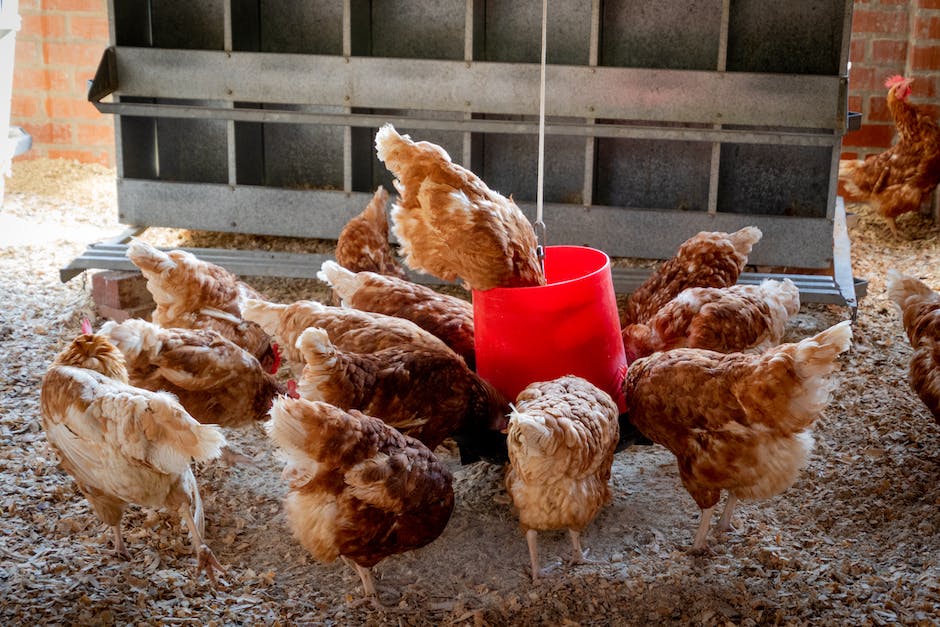
Exploring Different Farming Methods
Expounding on Modalities in Poultry Farming: An Examination of Methods from a Scientific and Academic Perspective
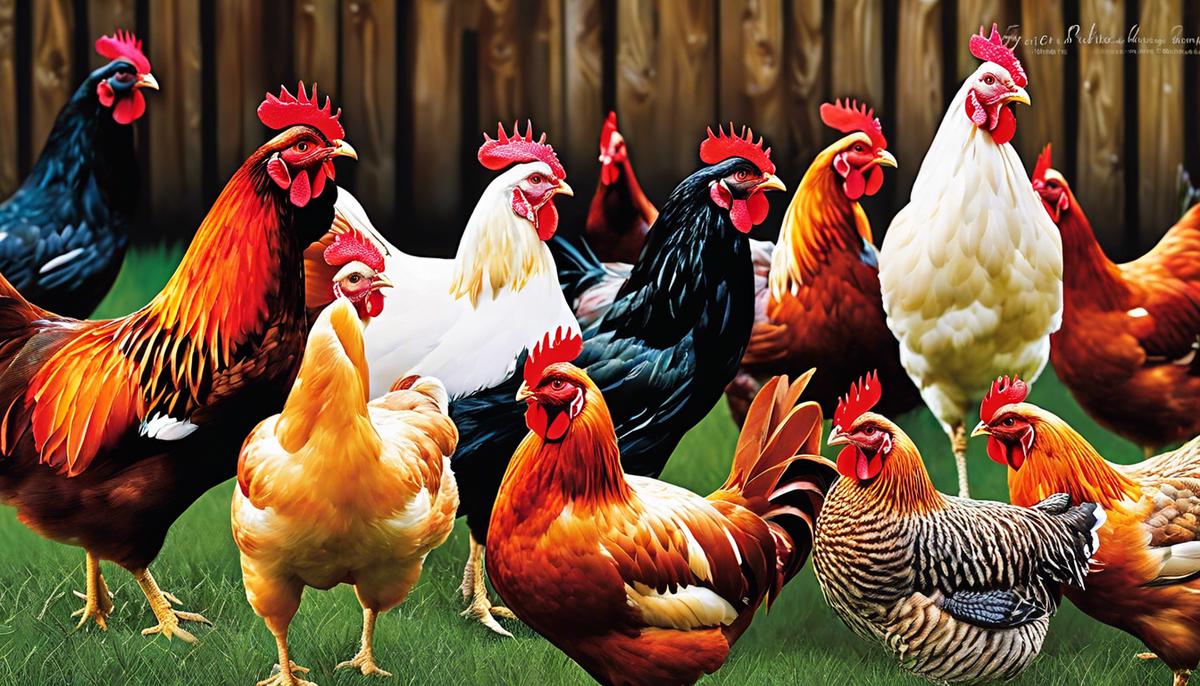
Understanding Poultry Breeds
The Influence of Different Poultry Breeds on Farming Processes
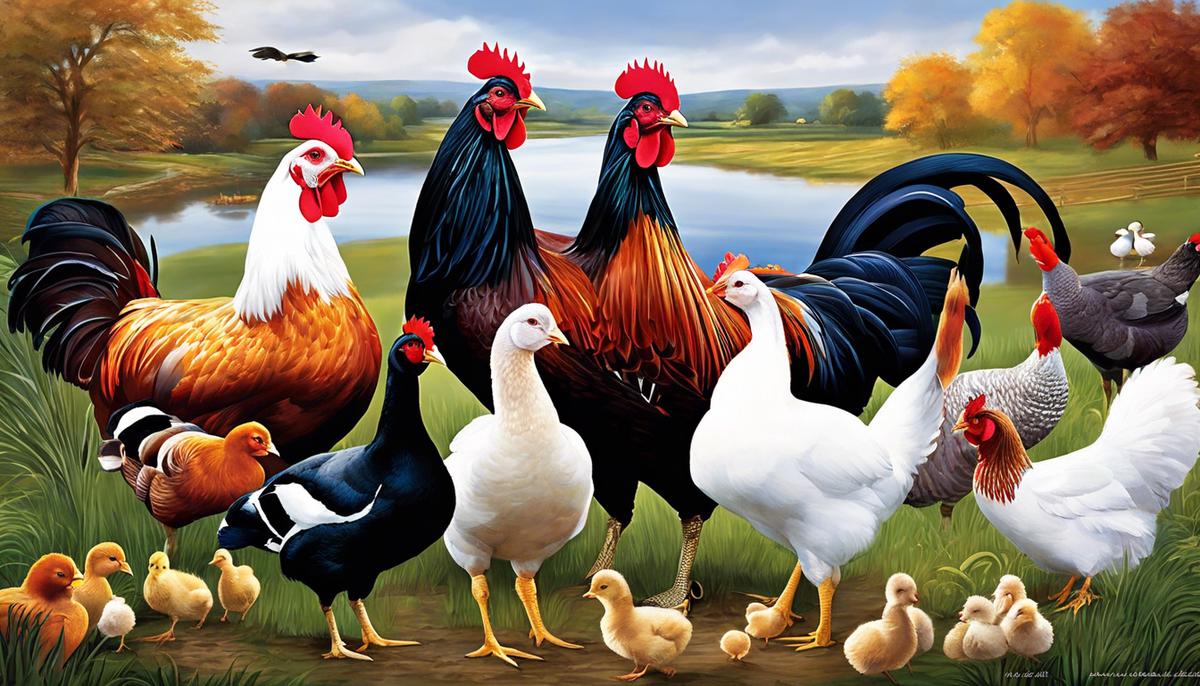
Impacting Facts on Poultry Farming
